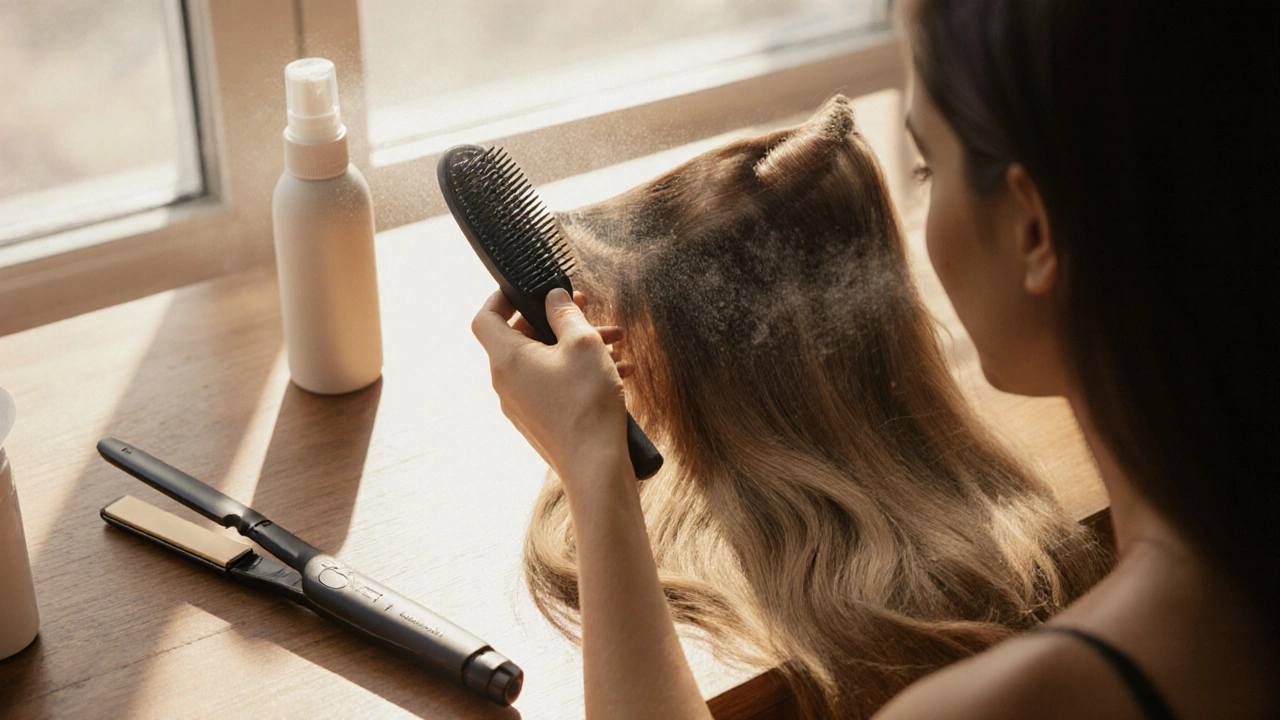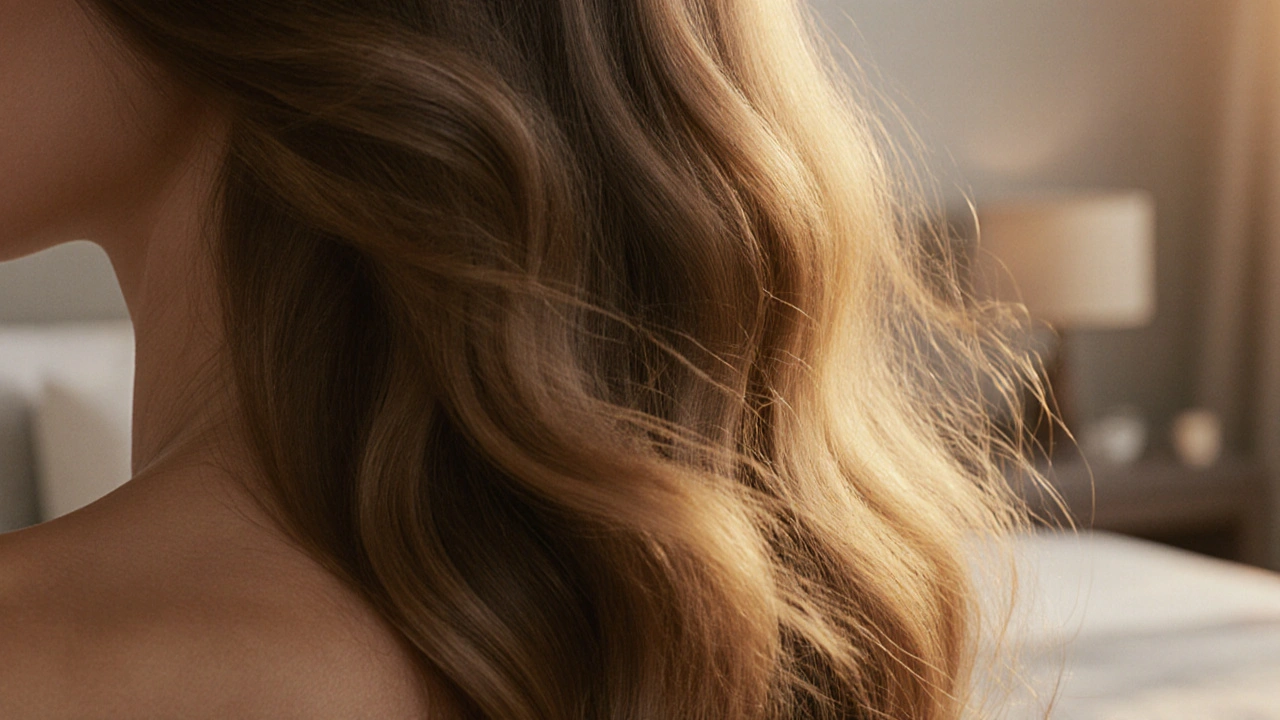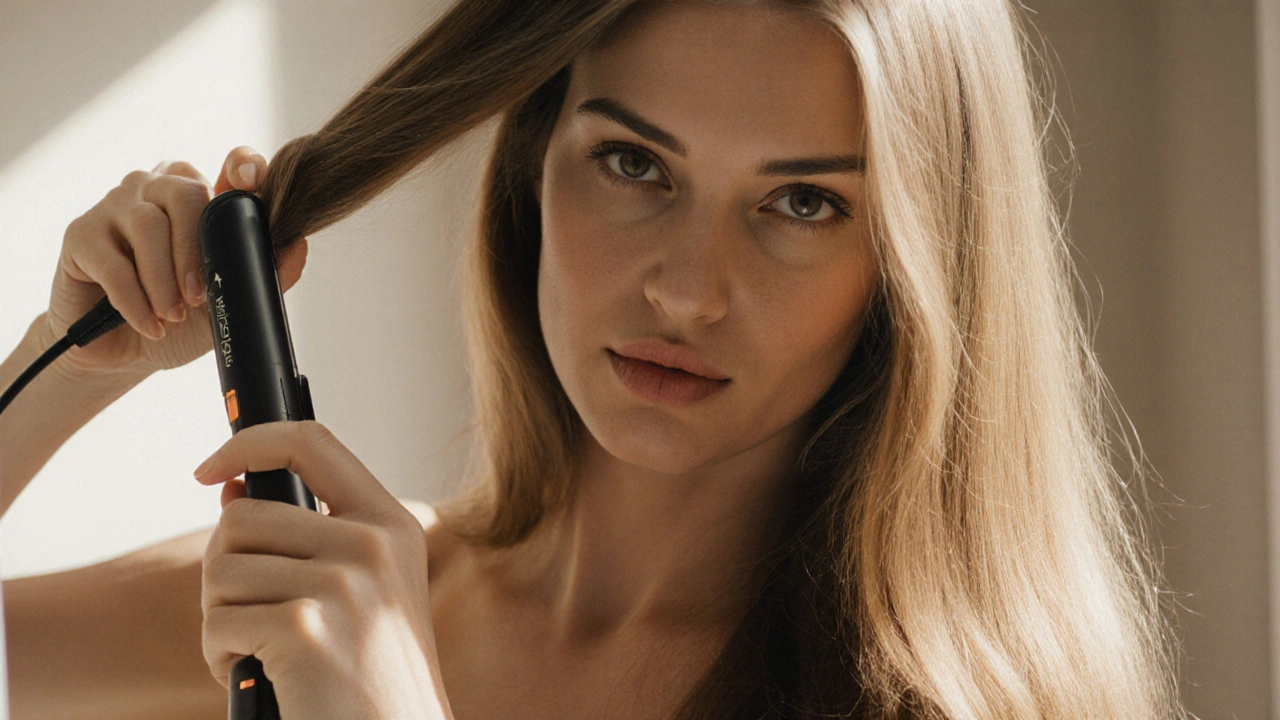When you hear human hair extensions, hair additions made from real human hair, not synthetic fibers, that blend naturally and can be styled like your own. Also known as 100% Remy hair extensions, they’re the go-to choice for people who want movement, shine, and longevity without looking fake. Unlike synthetic ones that melt under heat or look shiny under sunlight, human hair extensions behave like your natural strands—they can be washed, curled, colored, and slept in without turning into a plastic mess.
There are different types of halo hair extensions, a single weft with a thin invisible wire that sits on top of your head, perfect for thin hair and quick application, and clip-in extensions, temporary pieces you snap in and out, great for daily wear or special occasions. Then there are tape-in extensions, thin strips bonded with adhesive that last 6–8 weeks and lie flat against your scalp. Each type has trade-offs: halos are easy but limited in volume, clips are flexible but can slip if your hair is fine, and tapes give seamless results but need professional installation and removal.
What most people don’t realize is that human hair extensions don’t last because they’re expensive—they last because you care for them right. Washing them too often, sleeping with them wet, or using regular shampoo with sulfates will dry them out and cause tangling. You need sulfate-free products, a wide-tooth comb, satin pillowcases, and gentle brushing from the ends up. If you’re using heat tools, always apply a heat protectant—just like you would on your own hair. And yes, they can be dyed, but only by a pro who knows how to handle extension hair without frying it.
It’s not just about buying them—it’s about matching color, texture, and density to your own hair. A shade that looks perfect in the box might look orange or gray when clipped in. That’s why testing in natural light matters. If your hair is curly, you need curly extensions. If it’s fine and straight, bulky wefts will look obvious. The best results come from matching not just color, but the way your hair moves.
Below, you’ll find real advice from people who’ve worn these extensions for months—how to sleep in them without breakage, how to pick the right color without guessing, what to do when they start looking flat, and why some types work better for short hair than others. No fluff. Just what works.

Clip-in and tape-in hair extensions both add length and volume, but which is better for your lifestyle? Learn the real differences in cost, care, and daily use to pick the right one.

Learn whether it's safe to use heat tools on clip-in hair extensions and how to style them without causing damage. Tips for human vs. synthetic hair, heat settings, and long-term care.

Bellami hair is high-quality, 100% Remy human hair extensions that look natural, last up to a year, and can be styled like your own hair. Learn what makes it different from cheap alternatives and if it's right for you.

Hot Head extensions stand out for their heat resistance, natural blend, and durability. Unlike other extensions, they last months without damage and work with everyday styling tools-no salon needed.